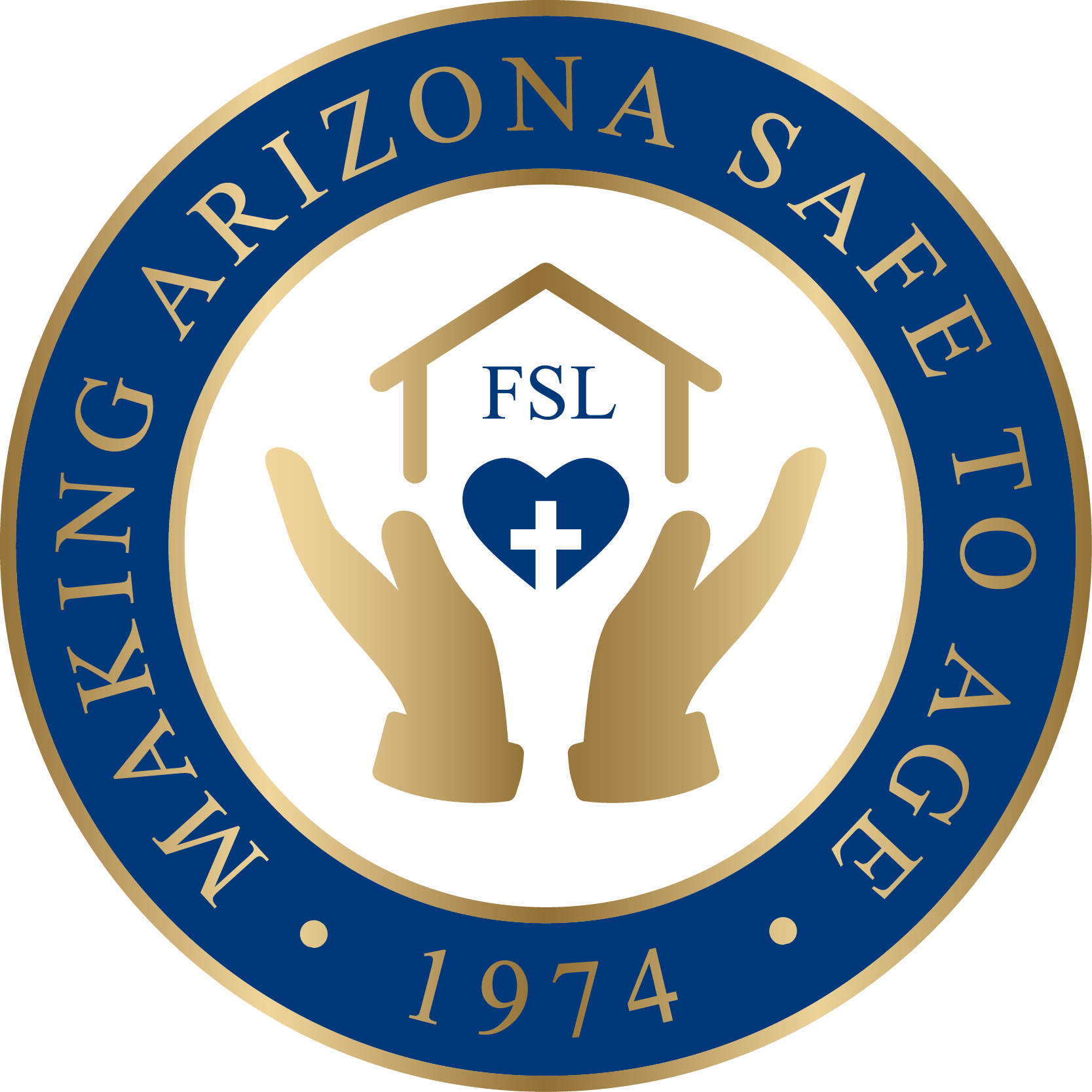The State of Aging in Arizona: A Reflection Ahead of Arizona Statehood Day

As we prepare to celebrate Arizona Statehood Day in February — marking the Arizona statehood year of 1912 — it’s fitting to reflect on the growing and evolving needs of Arizona’s aging population. Arizona has long been a haven for retirees, but the challenges faced by seniors today highlight the need for increased focus on services, resources, and innovative solutions.
This article examines the state of aging in Arizona, including the services available to seniors, the gaps in those services, and how the Arizona population by age has grown and changed over the years.
A Rapidly Aging Arizona: Trends and Statistics
Arizona is aging faster than many parts of the United States. The Arizona median age rose from 34.7 in 2010 to 38.4 in recent years, reflecting a national trend toward an older population. Currently, there are over 1 million Arizonans over the age of 60. By 2030, 1 in 4 Arizonans is expected to be over the age of 60.
Several factors contribute to this demographic shift:
- In-Migration of Retirees: Arizona’s warm climate and affordable housing have drawn retirees for decades.
- Aging Baby Boomers: As this generation continues to age, the senior population in Arizona grows significantly.
- Increased Longevity: Advances in healthcare have extended life expectancy, creating a need for long-term senior care.
These trends underline the importance of addressing gaps in services for seniors, especially as the aging population continues to grow.
Services Available for Seniors in Arizona
Arizona offers a variety of services tailored to older adults, including:
- Health Care Programs: Arizona’s Medicaid program, AHCCCS, helps low-income seniors access essential care.
- Home and Community-Based Services (HCBS): These programs support seniors who wish to age in place.
- Nutrition and Meal Services: Organizations such as FSL provide vital food assistance to combat senior hunger in Arizona.
- Social and Recreational Programs: Senior centers and nonprofit organizations promote social engagement to reduce isolation.
Despite these resources, many seniors still face significant challenges, including limited access to affordable housing and caregiving support.
Gaps in Services for Arizona’s Aging Population
While Arizona has made strides in supporting its senior residents, several gaps remain:
1. Affordable Housing Shortages
The need for senior-specific housing is growing, but supply hasn’t kept pace. Many seniors face rising rents, long waitlists for affordable housing, and inaccessible homes. The ongoing housing crisis is further explored in this deep dive.
2. Healthcare Accessibility
While AHCCCS supports many, seniors in rural areas face barriers to accessing specialists and transportation for medical care.
3. Isolation and Mental Health
Social isolation is a pressing issue. A recent study found that loneliness can significantly impact seniors’ physical and mental health. Learn how you can help combat isolation in seniors through resources like this article.
4. Caregiver Shortages
Arizona faces a shortage of caregivers to meet the growing demand for in-home and facility-based care. This issue is compounded by limited resources for training and retaining caregiving professionals.
Changing Perspectives on Aging
As Arizona’s population ages, it’s vital to challenge stereotypes about aging and promote a positive outlook on this stage of life. Organizations like FSL are working to break the stigma of aging, ensuring seniors are seen as valuable members of the community.
Arizona Statehood and the Aging Population
As we commemorate Arizona’s statehood granted in 1912, it’s worth noting how far the state has come in addressing the needs of its residents. At the time of Arizona’s statehood, the average life expectancy was under 55. Today, Arizonans are living longer, with life expectancy exceeding 76 years.
This remarkable increase in longevity underscores the importance of addressing the challenges faced by older adults, from housing and healthcare to social inclusion. As we say, “Happy Arizona Statehood Day,” let’s also consider the steps needed to ensure a thriving future for all generations.
Looking Ahead: Solutions for an Aging Arizona
Addressing the gaps in services for Arizona’s aging population requires innovative approaches and a commitment to action:
- Expanding Affordable Housing: Prioritizing senior-friendly, accessible housing developments.
- Investing in Caregiver Support: Providing competitive wages and training for caregiving professionals.
- Enhancing Transportation: Improving rural transportation services to increase access to healthcare and social activities.
- Promoting Intergenerational Programs: Encouraging collaboration between seniors and younger generations to foster mutual understanding.
These solutions will help ensure that Arizona remains a welcoming and supportive state for its older residents.
A Call to Action
The statehood of Arizona marked the beginning of a state known for its resilience and innovation. As we approach the Arizona statehood anniversary, let’s honor that legacy by building a future where all seniors can age with dignity, independence, and support.
By working together, we can address the challenges of an aging population and celebrate the contributions of Arizona’s older adults to its vibrant history and future.
Established in 1974, the Foundation for Senior Living is dedicated to providing integrated, customized care for those who need it in the Phoenix area. We offer a wide range of home- and community-based services, including:
- Affordable housing options
- Nutritious meal programs
- Health and wellness programs
- Senior centers
- Recreation programs
- Support for caregivers
All of these are designed to enable Arizonans of all ages to live happier, healthier, more independent lives. If you or someone you know is struggling to have their needs met, don’t hesitate to contact us to find out how we can help you. And if you’re able, consider donating or volunteering your time to our mission. We can’t wait to work with you!